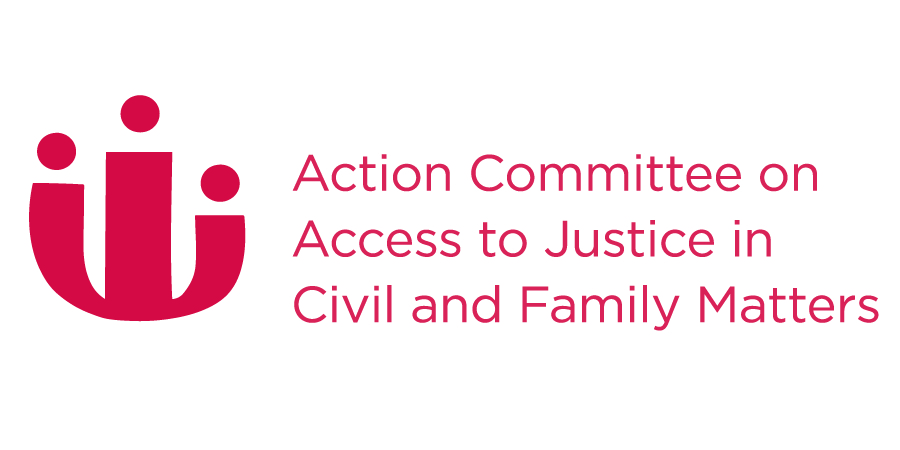The Rule of Law in Canada: Highlights from the World Justice Project 2014 Rule of Law Index
Ab Currie, PhDWednesday, April 29, 2015
The rule of law is a legal principle that States should be governed by law alone, and that every individual, private entity and public entity must be held accountable by the law, including the government. The World Justice Project (WJP) – an independent, multidisciplinary organization – defines the rule of law as a system which,
- Ensures accountability under the law
- Embodies laws that are clear, publicized, stable and just, and which are created by a process that is efficient, accessible and fair
- And delivers justice that is timely by competent, ethical and independent representatives.
Since 2008, the WJP has annually published a Rule of Law Index, which offers a detailed and multidimensional view of the extent to which countries around the world adhere to the rule of law principle in practice. The 2014 WJP Rule of Law Index ranks 99 countries throughout the world on 9 components of the rule of law comprised of 47 separate measures. In Canada, data is gathered by means of on-line surveys of individuals in Toronto, Vancouver and Montreal, as well as interviews with academics and other justice system specialists.
The value of the WJP rule of law index is that it makes the concept of the rule of law concrete and shows us where we might look to make improvements. It does this, first, by defining a set of common constituent elements – factors relevant to the rule of law– and, second, by ranking countries, which score higher than Canada on comparable measures. A defining feature of the index is that it “puts people at its core by looking at a nation’s adherence to the rule of law from the perspective of ordinary individuals who are directly affected by the degree of adherence to the rule of law in those societies.”
Canada has an overall score of 0.78 out of 1.00. We rank 11th out of 99 countries included in the survey worldwide, 11th among 30 high income countries, and 8th among 24 North American and Western European countries – behind Denmark, Norway, Sweden, Finland, Netherlands, Austria and Germany. Canada ranks above the U.K., which sits at the 13th position within the regional group, and the U.S. in 19th position.
1. Constraints on Powers
Rule of Law Dimension: measures the extent to which those who govern are bound by law. It comprises the means by which government power is limited, including non-governmental checks, such as free and independent press.
Canada’s Rank: 13th
Top 3 Countries: Denmark, Norway and Sweden
2. Absence of Corruption
Rule of Law Dimension: measures three forms of corruption – bribery, improper influence by public or private interest, and misappropriation of public funds or other resources.
Canada’s Rank: 14
Top 3 Countries: Denmark, Norway, and New Zealand
3. Open Government
Rule of Law Dimension: measures the extent to which society has clear, publicized, accessible and stable laws, including whether administrative proceedings and official information is available to the public.
Canada’s Rank: 3rd
Top 3 Countries: Sweden, Denmark, and Norway
4. Fundamental Rights
Rule of Law Dimension: includes effective enforcement of laws that ensure equal protection; the right to life, liberty and security of the person; due process of law and rights of the accused; freedom of opinion and expression; freedom of belief and religion; the right of privacy; freedom of assembly and association; and fundamental labour rights.
Canada’s Rank: 16th
Top 3 Countries: Sweden, Denmark, and Norway
5. Order and Security
Rule of Law Dimension: includes three dimensions covering the various threats to order and security – crime, political violence, and violence as a socially acceptable means to redress grievances.
Canada’s Rank: 15th
Top 3 Countries: Japan, Singapore, and Denmark
6. Regulatory Enforcement
Rule of Law Dimension: measures whether regulations and administrative provisions are enforced effectively, and are applied and enforced without improper influence of public officials or private interests.
Canada’s Rank: 9th
Top 3 Countries: Norway, Denmark, and Sweden
7. Civil Justice
Rule of Law Dimension: measures whether the system is accessible and affordable, free of discrimination, and free of corruption and improper influence of public officials. Court proceedings must be conducted efficiently and may not be subject to unreasonable delays.
Canada’s Rank: 13th
Top 3 Countries: Norway, Netherlands, and Germany
8. Criminal Justice
Rule of Law Dimension: measures whether the criminal justice system is capable of investigating and adjudicating criminal offenses successfully and in a timely manner through a system that is impartial, non-discriminatory, and free of corruption and improper government influence.
Canada’s Rank: 15th<
Top 3 Countries: Finland, Singapore, and Denmark
*Factor 9, informal justice, was not ranked.
Where Canada stands in the world with regard to civil justice is of special interest. There are several factors affecting Canada’s performance in protecting and strengthening civil justice. The table below gives the scores for Canada in relation to seven components for the civil justice factor.
According to the WJP index, accessibility and affordability and unreasonable delays are the most problematic aspects of civil justice in Canada. Among Western European and North American Countries the average score is 0.60 on accessibility and affordability and 0.51 on absence of unreasonable delays. Canada ranks considerably lower than Norway, the top ranking country on civil justice, with a score of 0.76 for accessibility and affordability and 0.84 for absence of unreasonable delays.



